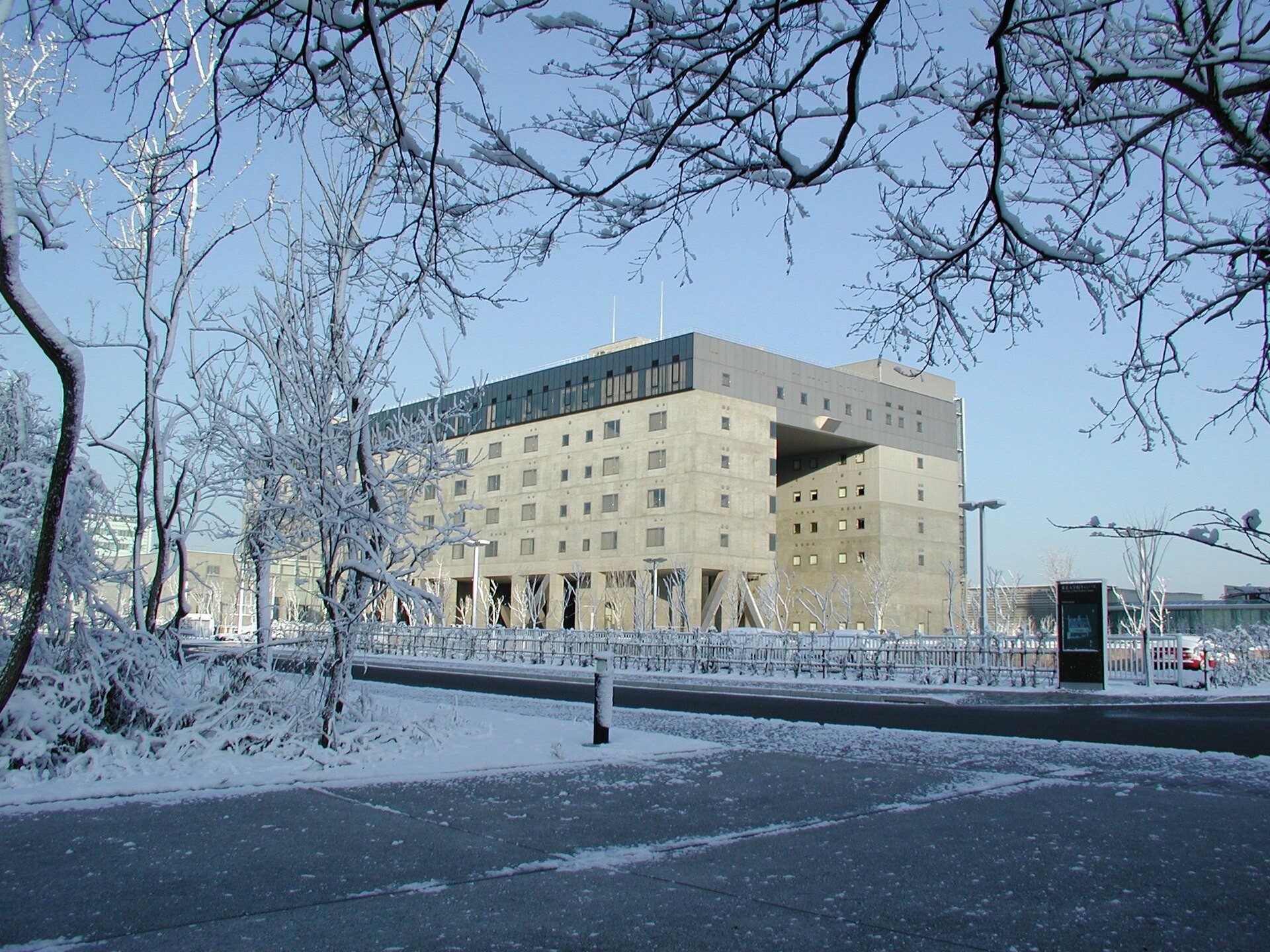The Economic Argument
Guest Correspondence
SRQ DAILY SATURDAY PERSPECTIVES EDITION
SATURDAY JUL 8, 2023 |
BY RICHARD CORCORAN AND NATHAN ALLEN
Photo courtesy Wikimedia: Main Building of Institute for Solid State Physics of the University of Tokyo.
Editor’s note: This is part 1 of a three-part series.
We dodged a bullet. And I’m not just referring to New College.
By the late 1980s, Japan’s global domination seemed evitable. The Japanese bought Rockefeller Center, Columbia pictures and nearly half of the best real estate in central Los Angeles. Almost all of the world’s largest banks were in Japan, and greater Tokyo had a larger GDP than all of Britain. Japanese companies ruled the planet and their consumer electronics dominated every market. Meanwhile, Apple was on the road to becoming a near-bankrupt producer of technical oddities.
Yet today, Apple’s market capitalization is greater than Japan’s entire consumer electronics and auto manufacturing sector, and the idea of Japanese economic hegemony seems like a faraway dream. Many suggest that Japan’s real estate bubble bursting is the culprit, yet this doesn’t explain how a nation that led the world in engineering and manufacturing could fall from dominance to near irrelevance.
In 2016, Foreign Affairs summarized the problem. The first shock came in the early 2000s as Japan’s grip on the consumer electronics market loosened. The final blow came in 2015 when Japanese universities were ranked below several other (non-Japanese) universities in Asia. The University of Tokyo, Japan’s Harvard, was ranked seventh — in Asia.
A major employment agency concluded the Japanese had the largest skills mismatch in the entire Asia-Pacific region. Japanese universities were producing endless engineering and business majors, yet those graduates didn’t have the skills employers needed. Ultimately, the Japanese realized the cause of their fall lurked in their education system.
Reforms had been attempted. In 2009, the Japanese government aggressively funded education reform, but this only created new university fiefdoms that contributed no change to the overall system. More efforts ensued and the problems grew worse. From an outsider’s perspective, the dilemma was obvious: Japanese students consistently ranked at the top in global science and math metrics, yet their humanities programs atrophied into near irrelevance.
Observing this divide between overachieving STEM majors and the nation’s economic problems, Deputy Minister of Education Suzuki Kan observed “Japanese people are good at solving questions that they are given. But with the digital economy, that work will be replaced by artificial intelligence. So human work will be totally changed — becoming creation, creation, creation. Not routine work.”
Kumiko Aoki of the Open University of Japan noted Japanese education turns students into “robots” and that “imagination, serendipity, and how to learn are the things that are not being taught.” She continued, “The goal of education hasn’t been to equip people with tools but rather to make people passive and obedient.”
We – New College and America – dodged a bullet. We have regularly been chided for our idealism. America, after all, believes in the liberal arts and the well-rounded student. After World War II, the industrialized world grew infatuated with the promise of an engineering managerial future. Universities – particularly public ones – began to offer a miasma of degrees to fulfil the promise. And yet, the increasingly idiosyncratic idealism of the liberal arts refused the dustbin of history. There was something undeniably American about declining to track 14-year-old students into quasi-technical lifelong careers. There was something incorrigibly American about liberal arts colleges balking at the lure of management and engineering degrees. We dodged the bullet precisely because we refused to abandon our ideals.
The practical wisdom of that idealism is well-evidenced by Japan’s thirty-year-stagnation and Europe’s perpetually lagging economy. American education may be accused of idealism, but idealism has never paid so well.
Is it the absence of these ideals that caused the fate of Japan? Was it idealism when Einstein said, “The more I read the Greeks, the more I realize that nothing like them has ever appeared in the world since.” Was Steve Jobs an idealist when he observed, “It is in Apple’s DNA that technology alone is not enough—it’s technology married with liberal arts, married with the humanities, that yields us the results that make our heart sing.” Jobs, like America’s liberal arts colleges, may have been an idealist, but his ideals were expressions of truth. Japan found that out the hard way.
Even as many of our public universities have – often belatedly – recognized the value of a distinct liberal arts curriculum, we are still in danger of relegating this beating heart of American innovation to some curiosity for the nostalgic.
New College will reinvigorate that beating heart and respond confidently to the question: how does a college equip people with the tools of imagination, serendipity and how to learn? Perhaps more so, how does a college marry technology with the liberal arts so that we may achieve great success but not at the cost of our idealism – or, in the case of Japan, a prosperous reality.
Richard Corcoran is interim president New College of Florida. Nathan Allen is vice president of Strategy and Special Projects and an NCF Alumnus.
Photo courtesy Wikimedia: Main Building of Institute for Solid State Physics of the University of Tokyo.
« View The Saturday Jul 8, 2023 SRQ Daily Edition
« Back To SRQ Daily Archive












